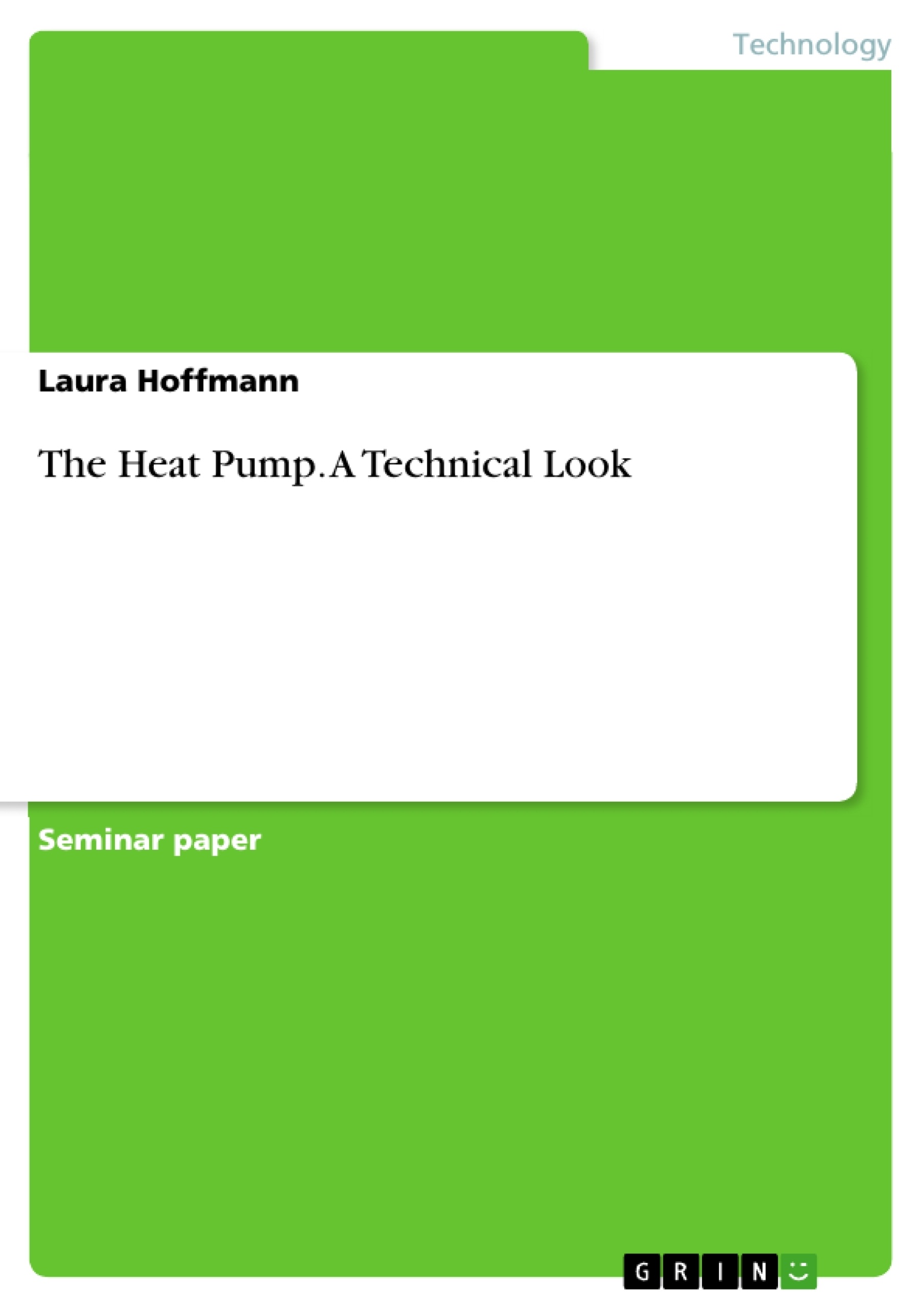In this paper, the principle of heat pumps will be looked at and discussed more in detail. Heat pumps can play an important role in the transformation towards reducing greenhouse gas emissions and energy consumption, due to their ability to lift low-grade environmental heat with power to a temperature level useful in buildings. They are efficient in providing heat when implemented correctly and can also provide demand response. Thus, heat pumps are able to provide, compared to other heating systems, significant carbon savings that are even expected to rise further in the future.
Reducing greenhouse gas emissions and energy consumption poses one of the major issues that has to be dealt with at present. National and international climate change objectives demand a significant reduction in all sectors Along with the increasing expectations of reducing greenhouse gas emissions, these global targets are causing a change in our energy system. The demand for energy-efficient and cost-effective systems have risen due primarily to dwindling resources causing increasing energy costs. To deal with these issues, the focus shifts more and more towards phasing out fossil fuels and replacing them with electrical energy systems powered by renewable intermittent energy sources, such as sun and wind, to decrease our reliance on fossil fuels. One way to heat buildings more efficiently is the use of a heat pump. Heat pumps have become popular in Germany, by now, over 1 million have been implemented.
Inhaltsverzeichnis (Table of Contents)
- Introduction
- Definition
- Mechanism / Operating Principle
- Physical Principle
- Application / Case Study
- Discussion/Conclusion
- Bibliography
Zielsetzung und Themenschwerpunkte (Objectives and Key Themes)
This paper provides a comprehensive overview of heat pumps, focusing on their technical aspects and their role in reducing greenhouse gas emissions. The paper aims to provide a detailed understanding of the working principle and physical principles behind heat pumps.
- The significance of reducing greenhouse gas emissions and the role of heat pumps in achieving this goal.
- The operational mechanism of heat pumps, including the various heat sources and the different components involved in the heat transfer process.
- The physical principles underlying heat pump operation, such as heat transfer and the ideal gas law.
- The advantages and limitations of different heat pump applications, including geothermal, air source, and water source systems.
- The potential of heat pumps to contribute to energy efficiency and reduce dependence on fossil fuels.
Zusammenfassung der Kapitel (Chapter Summaries)
- Introduction: The paper introduces the pressing need to reduce greenhouse gas emissions and energy consumption, highlighting the significant role of heat pumps in achieving these objectives. It discusses the increasing demand for energy-efficient heating systems and the potential of heat pumps to address this demand.
- Definition: This chapter defines key terms relevant to heat pumps, such as heat source, heat distribution system, heat storage tank, and refrigerant. It explains the basic concepts of heat transfer and the function of different components within a heat pump system.
- Mechanism / Operating Principle: This chapter provides a detailed explanation of the operation of a typical compression heat pump. It describes the four key components (evaporator, compressor, condenser, and expansion valve) and their roles in the heat transfer process. The chapter also discusses various heat sources, their advantages and disadvantages, and the importance of selecting the appropriate source for different building types.
- Physical Principle: This chapter delves into the physical principles behind heat pump operation. It explains the concept of heat transfer in heat exchangers and the application of the ideal gas law in the compressor and expansion valve. The chapter provides a deeper understanding of the physical processes involved in heat pump operation.
Schlüsselwörter (Keywords)
The key focus areas of this paper are heat pumps, energy efficiency, greenhouse gas emissions, renewable energy, heat transfer, physical principles, and environmental sustainability. The work examines the technical aspects of heat pumps, their operation, and their contribution to a more sustainable energy future.
- Arbeit zitieren
- Laura Hoffmann (Autor:in), 2021, The Heat Pump. A Technical Look, München, GRIN Verlag, https://www.hausarbeiten.de/document/1118764


